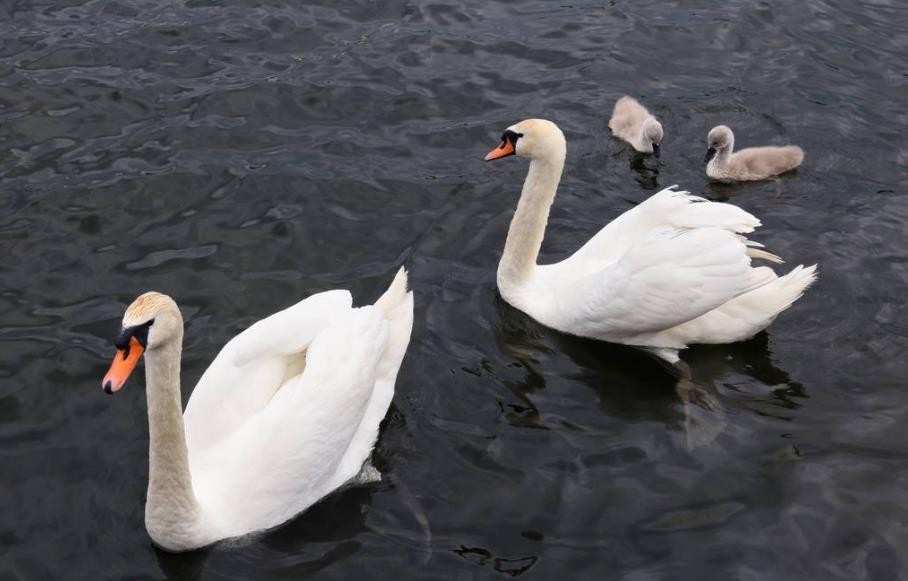
- Online pavilions:
- Veterinary medicines
- Veterinary raw materials
- Other
- Asia
- America
- medical instruments

News briefing: ducks in winter
Duck breeding in winter is prone to high production cost, low survival rate and poor economic benefit because of climatic and environmental factors. To improve the benefit of raising ducks in winter, the following problems need to be solved.
1. Hygiene and disinfection
Sanitary disinfection is an important link in the basic management of duck breeding. Entering the winter, the weather is changeable, the rain and snow weather increases, the temperature drops, causes the duck to adapt the ability and the organism resistance drops. Therefore, the sanitary disinfection work must be timely, thorough and effective. Special attention should be paid to the environmental hygiene and disinfection of the small and medium-sized duck house to prevent infection and early poor growth. Every day to carry on the disinfection to the duck house, is advantageous to the duck house ground, the mat grass and the air purification, prevents the duck infectious serositis and so on frequently to infect the duck through the respiratory tract and the injury skin.
The living space of ducks in winter is mostly indoors, and the indoor sanitation of Duck House is the key to solve the whole sanitary level of breeding in winter. It has been proved that the dry sanitation of bedding grass has a direct effect on the weight gain and feed-meat ratio of commercial ducks. Wet Bedding Grass will produce a large number of ammonia, resulting in duck house air pollution, leading to the prevalence of diseases, affecting the growth and development of ducks.
2. Temperature and ventilation
In winter, the problem of temperature, ventilation and their relationship should be solved and handled correctly, which will directly affect the overall production level. General farms, insulation mainly rely on simple furnace fire, agricultural film to adjust, in accordance with technical standards, strictly adjust the indoor temperature of ducks of different ages. Before 7 days old, the temperature is 34 °C ~ 27 °C, 8 days old ~ 21 days old, the temperature is 26 °C ~ 18 °C, 22 days old to market, normal temperature (15 °C ~ 20 °C)
The ventilation should be based on the concentration of ammonia and carbon dioxide in the duck house. Generally, entering the duck house is not harsh and difficult to breathe, and the temperature is appropriate, a small ventilation hole in a safe ventilation facility above the duck house ceiling may be used for small airflow ventilation; if the entry into the duck house is harsh and difficult to breathe, the high concentration of ammonia and carbon dioxide in the air should be explained and the reason should be found, such as the dry level of bedding grass, drinking water intake sanitary conditions, disinfection, and so on. Problems should be dealt with in a timely manner, while opening the ceiling ventilation facilities or ventilation holes, for atmospheric ventilation, avoid vertical and horizontal ventilation, which will cause a sudden drop in indoor temperature, leading to the duck flu.
3. Drinking Water and temperature control
Water is an essential substance in the growth of ducks. Ducks should always be provided with drinking water that is easy to ingest, clean and sanitary, and pay attention to the temperature of drinking water, especially when raising chicks. The ideal temperature of drinking water for young ducks is 20 °C ー25 °C, and that for adult ducks is 10 °C or above. Don’t let the duck drink ice water in winter. If the ducks drink less water, 24-28 hours will cause the ducks to eat less, which will affect the growth rate, and the ducklings resistance to disease will be reduced accordingly. .